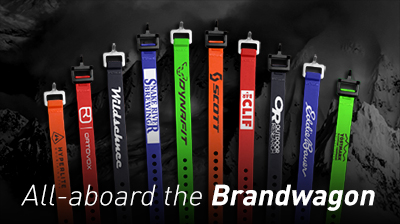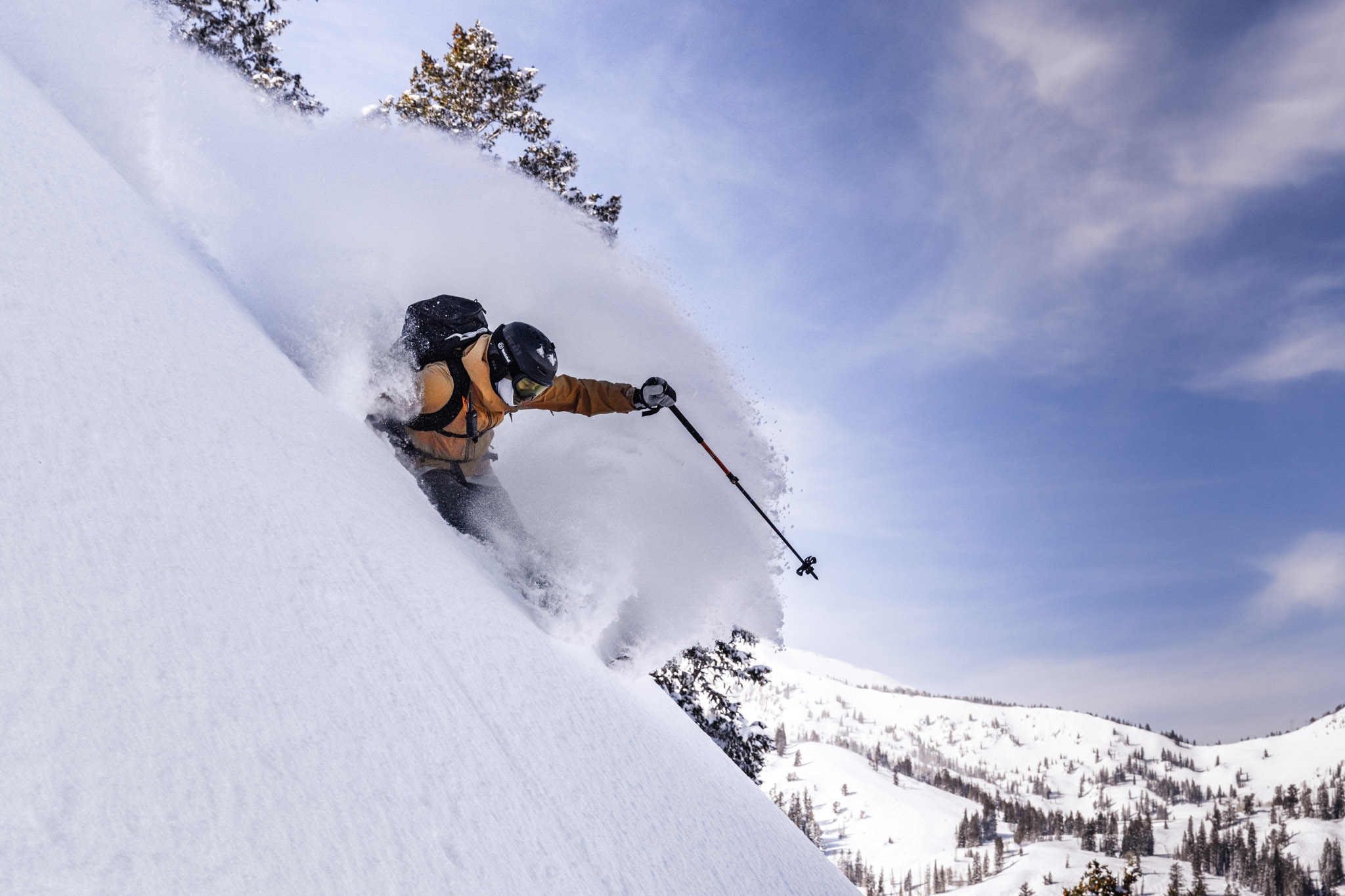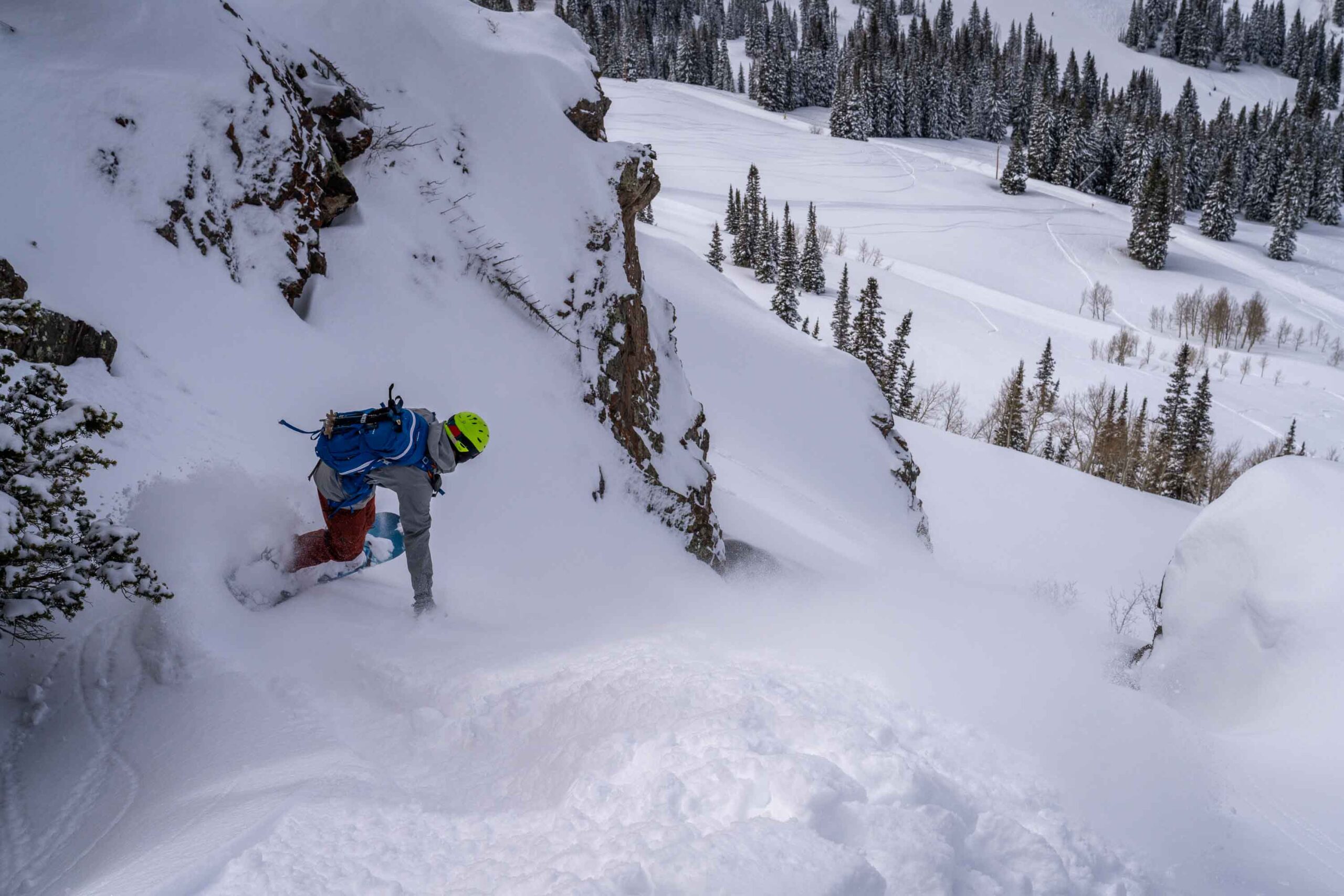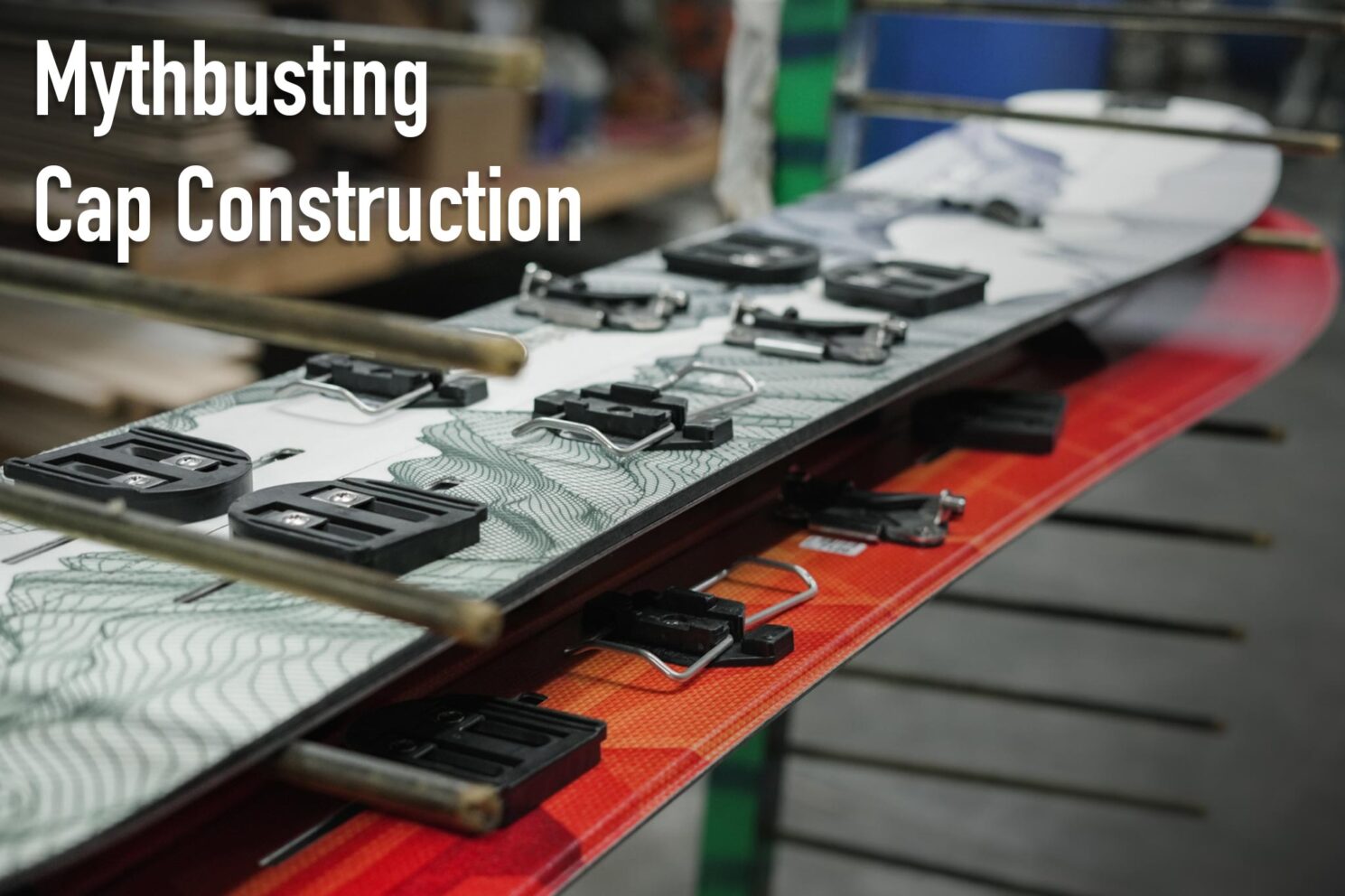
Cap Construction Myths Busted: Why Cap Contends
Share this Post
For years, the ski and board community has clung to outdated ideas about cap construction, stuck in the past when foam-core skis gave it a bad name. But times have changed, and so has the tech.
The truth? Cap construction—when done right—creates skis and boards that are light, durable, and perform just as well as traditional sidewall construction.
The issue? Most people first experience cap construction on budget rental skis and boards that neither ride well nor hold up to aggressive riding. This is why we’re here to take on the 3 biggest myths about cap construction to prove that it’s more than capable in any terrain.
Myth: Cap Construction is Cheap
Fact: Choosing cap construction isn’t about cutting costs—it’s about cutting weight.
The idea that cap construction is a budget option comes from mass-produced beginner skis and snowboards that used cheap materials and poor build quality. But Voile’s cap construction isn’t built that way.
We design our skis and splitboards with:
- Full wood cores for strength and longevity
- Fiberglass mounting patches to reinforce key stress points
- Triaxial fiberglass for torsional stiffness and durability
- Carbon weave reinforcement (except on the Spartan Splitboard, which ditches carbon for a more forgiving flex)
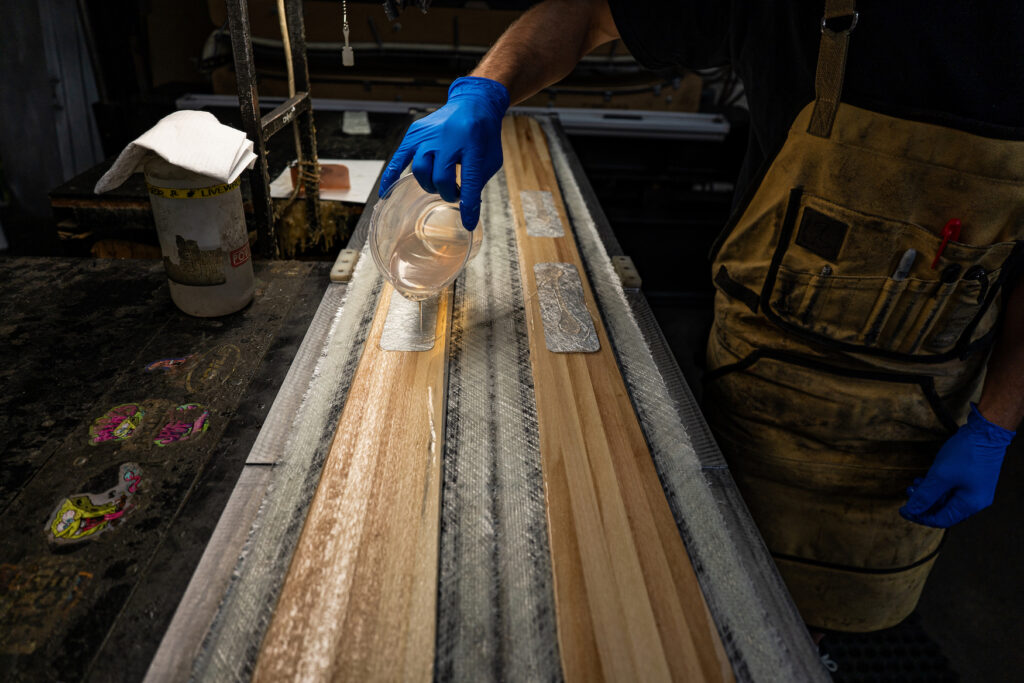
In fact, our cap construction skis and boards are lighter, just as strong, and perform better in the backcountry than many sidewall options on the market. If we were just trying to save money, we wouldn’t also build high-performance sidewall skis and boards—like the 2x Blister Best of Test-winning Skyline Splitboard and Backcountry Magazine Award-winning ACE skis. We know how to build sidewall gear—we just believe cap construction works really well when it comes to touring.
While other brands try to shave weight by thinning materials or compromising downhill performance, our cap construction keeps Voile skis and splitboards lightweight without sacrificing strength. It’s a performance-driven choice—not a cost-cutting one.
Myth: Cap Construction is not Durable
Fact: Voile cap construction skis and splitboards are built to take a beating.
Why Voile Cap Construction Holds Up:
- Materials Matter – Unlike the foam-core cap skis of the ‘90s, Voile skis and splitboards use full wood cores—the same high-quality materials found in top-tier sidewall options. This means they have the same structural integrity and durability as any premium ski or splitboard on the market.
- Stronger by Design – Cap construction wraps the top layer seamlessly over the core, reducing the chances of sidewall blowouts, which are a common failure point in sidewall boards when they take direct impacts. This design helps disperse impact forces evenly instead of concentrating them at the edges, preventing delamination.
- Real-World Testing – Our team and riders like Aaron D have pushed Voile splitboards through some of the gnarliest terrain imaginable. From technical descents in remote ranges to long, grueling approaches where every ounce matters, our cap construction boards have proven their durability season after season. But don’t take it from us, here’s what Aaron has to say about cap!
A message from Aaron Diamond:
When I was first brought onto the Voile team in 2016 I was rather hesitant about the boards I would be riding. I hadn’t ridden a cap construction board in probably close to a decade and the ones I had ridden were decidedly bad. That said, I figured the original splitboard company was worth a shot, and a few weeks later a shiny new Revelator and V-tail arrived at my door. My first impression was that the boards were noticeably lighter than the boards I had been riding on from Venture and Jones and upon taking them for a few laps in different conditions I began to think that my impression of cap construction snowboards had been wrong.
The boards were fun, snappy, and just as durable as the sidewall construction boards I had been riding on for the last decade They did occasionally lack the dampness I found on sidewall construction boards but the uphill weight savings made this a moot point for me. I was never going to go 60mph in a TGR movie anyway. In the nine years that followed, I have ridden these boards in all manner of conditions and terrain and I still reach for a cap construction v-tail for a majority of my days. The 190 is still the most fun snowboard I’ve ever ridden.
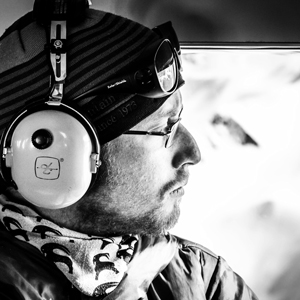
Location: Jackson, WY
Top Gear Picks: Skyline 166cm / Hyper V-Tail 160cm and 190cm
Instagram: @aarondiamond13
Aaron Diamond is an AMGA Certified Splitboard Guide and avalanche educator based in Jackson, Wyoming. He guides year round for Exum Mountain Guides and has guided technical ski and snowboard descents on various Teton summits including the Grand Teton, Middle, Teton, Nez Perce, and Mt Moran. In the summer months Aaron works as an alpine climbing guide on Denali and throughout the Greater Yellowstone Ecosystem. He is alway psyched to share his backyard with experienced and new backcountry travelers
In his free time Aaron enjoys spending time in the splitboarding in the Tetons, or exploring the lesser known areas of the Alaska Range with his friends. He has first descents in the Tetons, Andes, and Alaska Range, including unrepeated splitboard descents of the Ramen Route on Mt Hunter (14,573ft), Mt Foraker’s Sultana Ridge (17,400ft), The Fat Calf Couloir on Pico Polaco (5995m) and the SE Face of the Gilkey Tower (12,320ft).
Bottom line? Voile’s cap construction isn’t just durable—it’s built for the demands of serious backcountry riding.
Myth: Cap Skis and Boards don’t perform well
Fact: the performance of any ski (cap or sidewall) is more about what’s under the hood.
If cap construction really couldn’t handle technical descents, steep lines, or variable conditions, we wouldn’t still be making it. And yet, year after year, Voile cap construction skis and splitboards continue to deliver top-tier downhill performance—while being lighter and more efficient on the uphill.
What Makes Voile Cap Construction Perform?
- Precision Flex Patterns – Engineered for responsiveness and stability, giving you control in all conditions.
- Balanced Torsional Stiffness – Delivers a smooth, predictable ride with the power to hold an edge when you need it most.
- Seamless Energy Transfer – With no abrupt sidewall transition, cap construction creates a fluid, natural flex for consistent response throughout the ski or board.
Whether you’re navigating technical chutes, slashing through powder, or carving on firm snow, Voile cap construction delivers. At the end of the day, performance is about design and execution—not whether a board has cap or sidewall construction. And when it comes to backcountry riding, Voile’s cap construction proves itself where it matters most: in the mountains.
We Get It—Preferences Matter
And hey, we get it—riders have preferences. That’s why we offer a full-sidewall board (the Skyline) and hybrid-sidewall skis (the ACE series). While cap construction can go toe-to-toe with these other build styles, it does offer a different feel.
We’re not here to tell you cap is better than sidewall or hybrid construction—we’re just saying it’s on par, and there’s a good chance it’s exactly what you’ve been looking for. Every rider is different, and we respect that. But what we do know? Cap construction isn’t going anywhere—because it works.
Try It Yourself
Cap construction has been misunderstood for too long. But the reality is simple: when done right, it delivers lightweight efficiency, durability, and top-tier performance in the backcountry.
So next time someone tells you cap construction is cheap, fragile, or underperforms? You’ll know better.
Still skeptical? We invite you to debunk these cap construction myths yourself. Come demo our boards at the Voile Rental Center and feel the difference firsthand.
Share this Post



